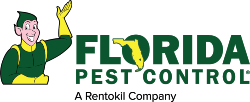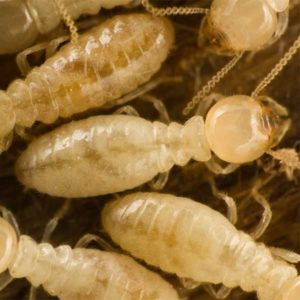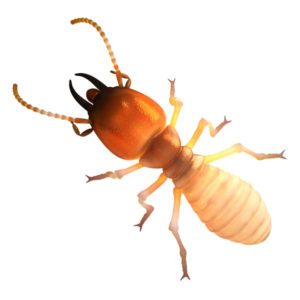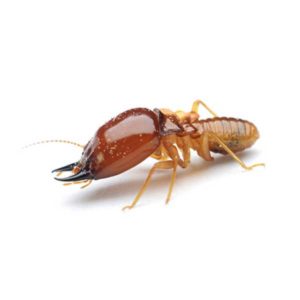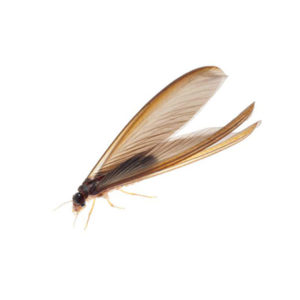Asian Termites in Florida
The Asian termite is a small subterranean termite. It is Florida’s second most destructive termite, making early detection and prevention crucial. These termites create intricate networks of underground tunnels and above-ground mud tubes to reach food sources. While they usually prefer trees, Asian termites are experts at finding weak points or holes in structures and will invade wooden structures that come in contact with soil. Asian termites can reproduce quickly, laying up to 1,000 eggs daily, creating large, highly destructive colonies that can easily reach over a million termites.
Asian Termite Habitat
These highly destructive termites are originally from Southeast Asia but have established themselves in Florida due to its warm and humid climate, similar to their native environment. Asian termites prefer living in the soil, close to moisture and food sources. These pests don’t limit themselves to decaying wood like some termites; they’ll attack any wood that has come in contact with the soil. To reach food sources, Asian termites will construct mud tubes to move along the surface of the ground without drying out. They build vast networks of tunnels, housing millions of termites that work tirelessly, damaging wooden structures from the inside out.
Asian Termite Behaviors, Threats or Dangers
The Asian termite is a highly destructive pest; these invasive, wood-eating bugs pose a serious threat to many Florida homes. They are known to eat and weaken important structural beams of a house, causing thousands of dollars of damage to your home if left untreated. Due to their subterranean nature, Asian termite Infestations can be difficult to spot until they have done significant damage. During the spring, winged alates will leave the colony to reproduce. Finding swarms of alates is a clear sign that termite colonies are close and should be dealt with quickly. If you are seeing signs of termites, it is crucial to contact your local termite control company immediately.
Need help with Asian Termites?
We'll call you! Leave your information below.
